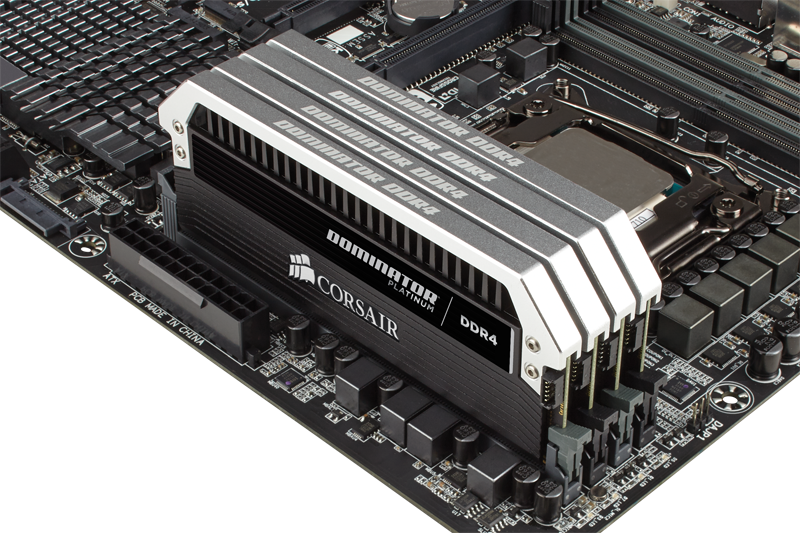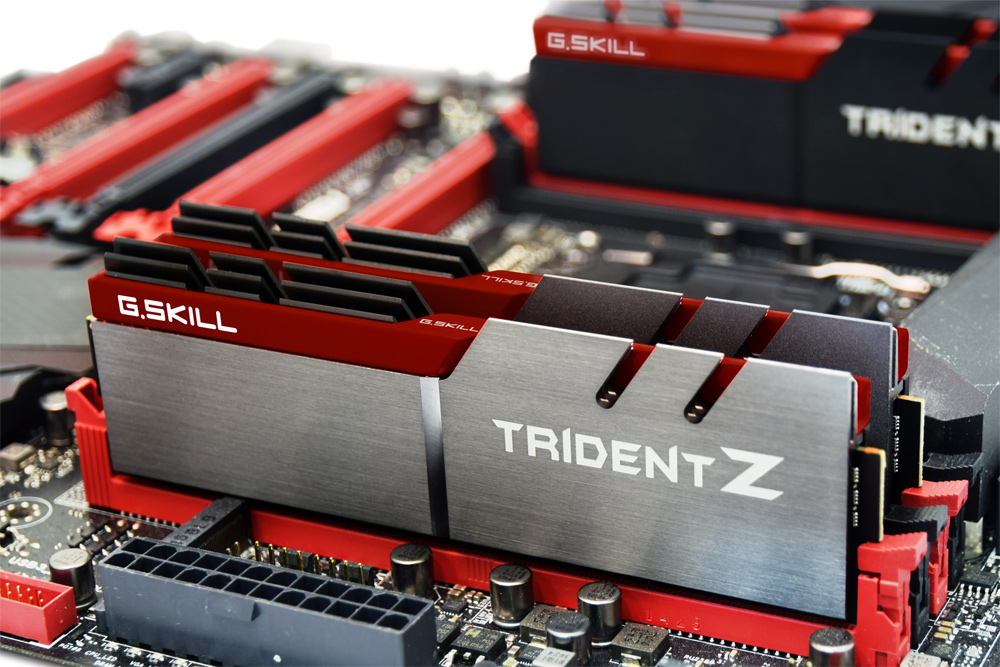Despite of the fact that personal computer makers are now buying dynamic random access memory in a bid to support demand during the back-to-school season, DRAM prices continue to drop. Not only weak demand impacts DRAM prices negatively. All memory makers are transiting to thinner manufacturing technologies and Samsung even introduces new capacities, which means that there will be more DRAM available in the coming months.
“Downside risk to DRAM prices is mounting as inventory levels are rising amid weak set demand,” wrote Romit Shah, an analyst with Nomura Equity Research, in a note to clients, reports Tech Trader Daily.

At press time one 4Gb 1600MHz DDR3 chip cost $2.558 on the spot market, down from $2.913 in late May, based on data from DRAMeXchange. Contract price of a 4Gb DDR3 memory chip is around $2.75, whereas a 4GB DDR3 SO-DIMM costs $24.5, around $3 lower than back in May. One 4Gb 2133MHz DDR4 chip costs approximately $3.589 on the spot market.
The situation remains complicated because all memory producers are transiting to 20nm fabrication process, which means that their per-chip costs are declining. Since Samsung Electronics is producing a huge part of its DRAM using 20nm manufacturing technology and has been decreasing prices to gain market share for some time now, other makers will follow with the same tactics, passing their savings to their customers and decreasing quotes.
Moreover, the situation will get even more complicated when Samsung and SK Hynix start to produce computer memory at their new facilities: the Line-17 fab in Hwaseong, South Korea, and the M14 fab at the company’s complex in Icheon, Gyeonggi Province, South Korea.
Samsung’s Line-17 fab in Hwaseong, South Korea, is capable of producing logic, DRAM and NAND flash memory. The manufacturing facility is capable of 80 thousand of 300mm wafer starts per month. 60 thousand of wafers are expected to be allocated for computer memory. It is expected that by the end of the year the fab will produce around 40 thousand 300mm wafers per month.
SK Hynix’s M14 will start small-scale production in late Q3 or early Q4, 2015. It is expected that it will produce around 10 thousand of 300mm DRAM wafers per month initially.
Micron, with its strict cost control and profit-based strategy, does not have capacity expansion plans for 2015. However, the company is aggressively transitioning to 20nm process technology. Moroever, when two out of three DRAM producers manufacture more memory, prices will inevitably decline because of increased availability.
“In 2H 2015/1H 2016, we see risk that added DRAM capacity from Samsung (Line-17, greatest impact Q3 2015) and SK Hynix (M14) could push out the timeframe for pricing stability to transpire,” wrote Mr. Shah. “Furthermore, supply could grow on 20nm migrations from Micron and SK Hynix in 2H 2015, which also threatens recovery of pricing. Micron’s migration from 30nm to 20nm could yield an incremental ~80% bits/wafer.”
Discuss on our Facebook page, HERE.
KitGuru Says: It is obvious that with sales warning from AMD, rumours that Intel’s sales will meet only the low-end of its expectations and other reports about weak demand for personal computers in particular and consumer electronics in general mean bad news for DRAM makers. Moreover, the situation will get even tougher when Samsung starts to produce computer memory at its colossal manufacturing facility near Pyeongtaek, South Korea, in 2017.
 KitGuru KitGuru.net – Tech News | Hardware News | Hardware Reviews | IOS | Mobile | Gaming | Graphics Cards
KitGuru KitGuru.net – Tech News | Hardware News | Hardware Reviews | IOS | Mobile | Gaming | Graphics Cards



